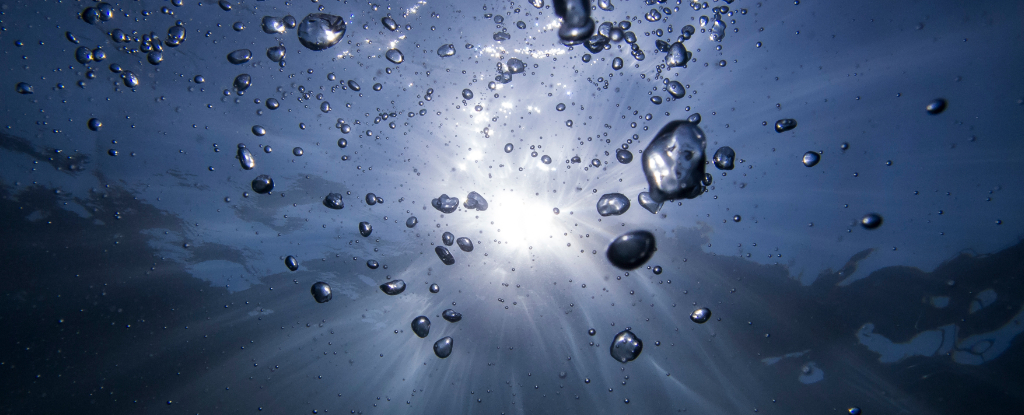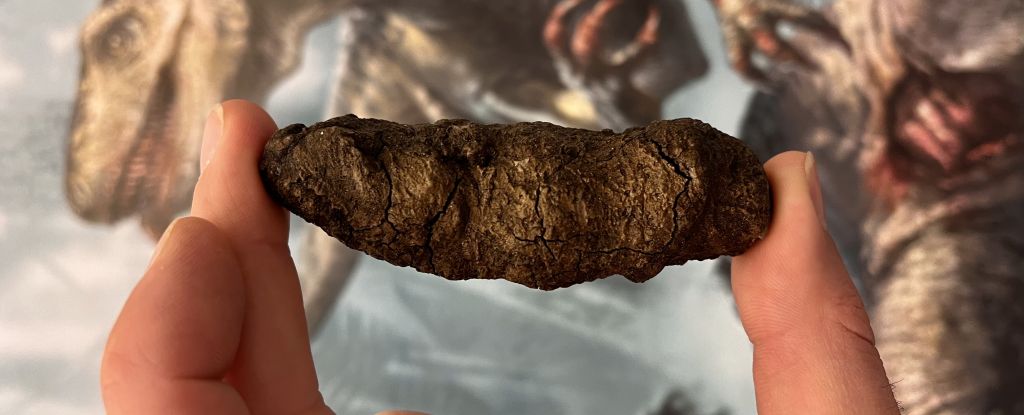A mysterious sound heard booming from deep under the ocean waves has finally been traced to a fascinating source.
First recorded in 2014 in the west Pacific, the “biotwang” is actually the call of the Bryde’s whale (Balaenoptera brydei) traveling long distances in the open ocean. What’s more, the techniques used to identify the sound have led to the development of a new tool for understanding whale populations and how they move about in and inhabit Earth’s enigmatic seas.
“Bryde’s whales occur worldwide in tropical and warm temperate waters, but their population structure and movements are not well understood,” writes a team led by biological oceanographer Ann Allen of NOAA Pacific Islands Fisheries Science Center in Hawaii.
“Our results provide evidence for a pelagic western North Pacific population of Bryde’s whales with broad distribution, but with seasonal and inter-annual variation in occurrence that imply a complex range most likely linked to changing oceanographic conditions in this region.”
The ocean is full of strange noises, but biotwangs – strange, mechanical-sounding features above a certain frequency – have been a particular puzzle. They were first picked up in the Mariana Archipelago during an autonomous sound survey conducted by Oregon State University; two years later, with only the sound recordings to go on, scientists presumed the culprit was likely some sort of baleen whale.
Then, in 2018, NOAA scientists conducting a marine mammal survey in the Mariana Archipelago thought they might have narrowed it down. During the month-long survey, they saw 10 individual Bryde’s whales, and recorded biotwangs that seemed related to nine of them.
That’s pretty strong evidence. But just a little bit more was needed.
Now, the ocean isn’t exactly easy to study. It’s a pretty hostile environment to humans; we can’t just go poking around in it. But NOAA has been conducting ongoing monitoring of the ocean for a long time, and 23 years ago, they installed a new system off California’s coast to remotely keep track of the soundscape.
Using long-term passive acoustic recorders, the agency has kept an ear out for populations of marine mammals in distant locations that are very hard for humans to access. Sound waves travel further through water than they do through the atmosphere, so researchers can catalog a wide variety of acoustic information from far across the ocean.
If Bryde’s whales are the source of the biotwangs, then the sounds should have been recorded by the monitoring project, and they should be consistent with the whales’ migration patterns.
frameborder=”0″ allow=”accelerometer; autoplay; clipboard-write; encrypted-media; gyroscope; picture-in-picture; web-share” referrerpolicy=”strict-origin-when-cross-origin” allowfullscreen>
But there’s a big problem. Multiple recorders running for more than two decades produce an incredible volume of data. In order to comb through it all and find the signals they were looking for, Allen and her colleagues enlisted the aid of Google to design an algorithm that could pore over the data and tease out the biotwangs.
“Thanks to AI we were able to do it in a matter of hours, rather than years,” NOAA wrote in a blog post.
“We identified a consistent seasonal presence of biotwangs only in the Mariana Archipelago and to the east at Wake Island. This suggests the biotwang may be a call specific to a western North Pacific population of Bryde’s whales… The seasonal occurrence of biotwangs is consistent with Bryde’s whales migrating between low and mid-latitudes. There is a small peak between February and April, and a larger peak between August and November, as the whales travel past the recording sites.”
The calls of other populations of Bryde’s whales have been recorded over the years. The calls of this western North Pacific population seem to be akin to a whale dialect, used by no other population recorded to date.
Having traced the sound to its source gives the scientists a new way to track and understand the population distribution and migration patterns of Bryde’s whales around the world. In addition, the AI tool can be tweaked to identify other sounds, and their temporal patterns, to figure out where other marine mammals are going and when.
Scientists hope that this information will help them, in turn, figure out ways to protect the amazing giants that inhabit our world’s wild oceans.
The research has been published in Frontiers in Marine Science.





